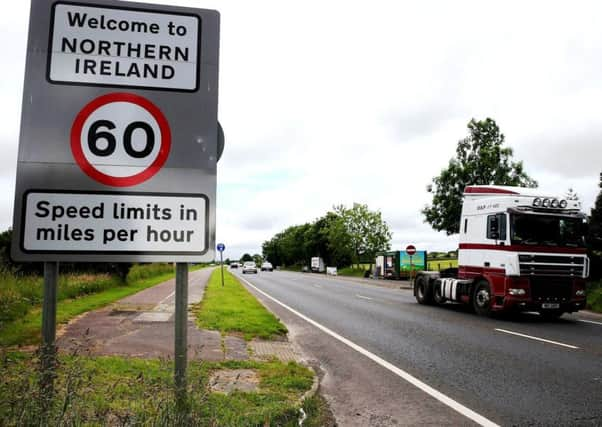Borders are not new in Ireland and the current one bore comparison to earlier frontiers


It is to be presumed through profound ignorance of the historical continuity of borders on this island.
In his seminal work ‘The Irish Border as Cultural Divide’, Professor M.W Heslinga traces borders, differentiating the northern region of the island from that in the south, back to the megalithic era.
Advertisement
Hide AdAdvertisement
Hide AdIt is part of the nationalist myth that the border dividing Northern Ireland from the Irish Free State was some new ‘thing’ imposed upon Ireland by the oppressive and wicked ‘English ‘ state.


This was not the case. In reality the border, on an east-west axis bore comparison to earlier lines of demarcation.
A hard border, in the form of the ancient earthwork and water barriers called the Black Pig’s Dyke was so well constructed, that like the similar structure, Offa’s Dyke on the borders of England and Wales, the tourist can explore large parts of the structural remains to this day.
A soft ecclesiastical border between Cashel and Armagh persisted for years while as Ireland entered modern times the industrialisation of Ulster contrasted markedly with the south’s strongly rural and agricultural economic base.
Advertisement
Hide AdAdvertisement
Hide AdProfessor JC Beckett in ‘The Making of Modern Ireland’ noted that it was “A partition of minds” that lay at the root of cultural or political borders on the Island.
Not too dissimilar to the situation in much of mainland Europe, then.
Dr Clifford Smyth, Belfast BT6